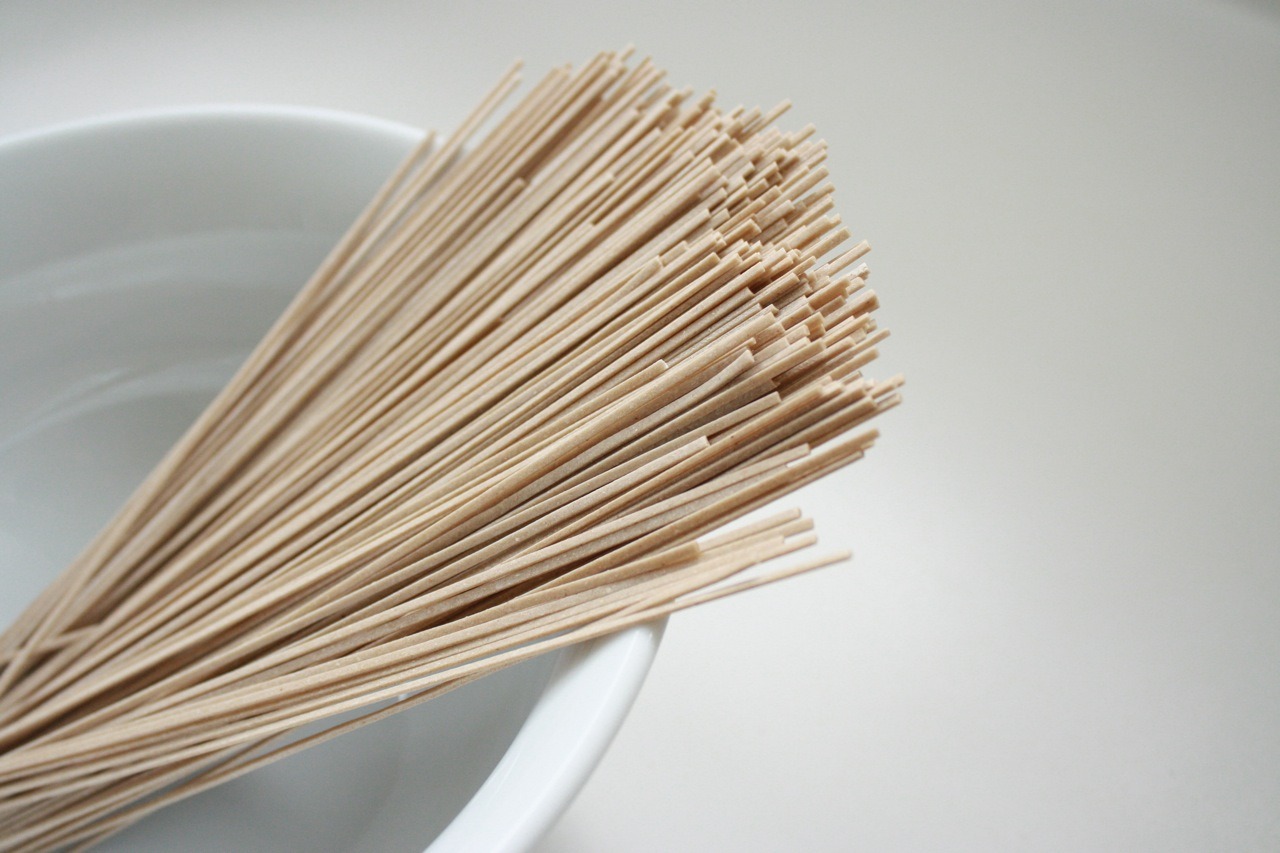*Rainbow Bowls* If you’re not in the habit of making these, now is the time to start. Cook a whole grain (quinoa, brown or black rice, millet, farro…) top with your favorite fresh veg- a variety of cooked and raw. Carrots, green beans, green onions, black or kidney beans, chopped mushroom, purple cabbage…. Top with fresh herbs basil / mint / or cilantro … drizzle some sesame oil and tamari or liquid aminos on top as a dressing. Throw on an egg or some shredded meat if you want - a fried egg is an easy addition as you can see from mine here ☺️. The kids can top with their chosen few and mix everything together or eat it deconstructed (like mine, where it’s all separated 🤓). Easy, family friendly and double-shifts for lunch during the week with leftover toppings! Darn pretty, too.
.
.
.
#wholefoods #recipes #naturalhealth #healthathome #medicinekitchen #vegetarian #holisticnutrition #cleaneating #easyrecipes #realfood
Texan Lentil Soup
Lentils are a great source of vegetarian protein - providing up to 25% of protein by weight. This is almost as much as sardines or tofu! Dr. Weston Price also considers them the most nutritious of all legumes due to their high mineral content. They are eaten around the world and make for great soups & salads. They also cook a lot faster than beans - and in my life, time is precious! I make a vegetable soup whenever I have several things in the fridge that need to be cooked before they start to go bad - onion, broccoli, tomatoes, greens,etc. Usually I add lentils to this and PRESTO! Dinner is served. One lentil soup recipe that I have time-and-again based my own versions on is Heidi Swanson’s recipe here - it just stuck with me, I guess, and I use the basic building blocks of that soup for TONS of easy variations. Here’s one with a twist:
Texan Lentil Soup:
~1 C French green lentils, rinsed
2 large carrots, chopped
½ red onion, chopped
1-2 cloves garlic, chopped or minced
2 tomatoes chopped and mashed up with a potato masher (aka make-your-own crushed tomatoes)
2 C vegetable broth or HERB INFUSED vegetable broth!
1 tsp ground cumin
salt and pepper to taste
½ C frozen corn kernels
2-3 stalks curly or dino kale, chopped or torn up into small pieces (use more if you have smaller stalks to work with)
2-3 C filtered water
fresh cilantro, chopped
I usually pre-boil the lentils for 15 minutes in water, strain and set aside. Pour 2 glugs of olive oil in a soup pot with carrots, onion, garlic and heat on medium high, coating all vegetables until the onions are just tender. Add in lentils, crushed tomatoes and stir to mix flavors. Add broth, cumin, salt / pepper, corn kernels and keep pot at a simmer for about 15-20 minutes, adding the water as needed when the liquid gets absorbed. Before serving, stir in kale greens and heat 3-5 minutes more. Top with cilantro and avocado if you have one!
Texas VegFest 3/31/12 →

Come see me at the VegFest this Saturday 3/31 from 11:00-6:00pm at Fiesta Gardens! I’ll be having free wellness consultations at my booth and Medicine Kitchen herbal products for sale. This is a great event to promote healthy eating and I’m super excited to be included. Hope to see you there. ♥
This is what’s called “Sun-Cheese” at a our local macrobiotic cafe, Casa de Luz. I think it tastes nothing like cheese, and has a totally unique texture, so I don’t like calling it that. It IS non-dairy though, and could be a great alternative to cheese dips for vegans. AND, like cheese, you can put it on most everything! You will love this served as a dip for celery, carrots, bell peppers, cucumbers, and any raw vegetable you have in the house; a great appetizer for parties with pita toasts or crackers; and excellent as a sauce over greens (kale, collards, chard etc) or any cooked grain. We use it on our beans too! It’s pretty much an all around versatile sauce/dip that is a cinch to whip together.
Food Fact:
Umeboshi Plum Vinegar (and Umeboshi plums): In Chinese medicine, ume plums and their vinegar are used for myriad health benefits, especially for the Liver. In the 1950s, scientists extracted a potent antibiotic substance from umeboshi, and it also helps with alkalizing the body and many digestive issues. Some even call it the “Japanese Alka Seltzer” because it will help the body rapidly break down excessive acids. The plums are extremely salty and sour, and can be eaten whole, but are often soaked in water or tea first to leach out some of the salt, or eaten as a paste or vinegar mixed with other foods. Umeboshi benefits most any liver condition; stress, emotional tension & repression; dehydration, headaches, and indigestion. It’s even reported to cure hangovers.
Sunflower Dip:
1 C sunflower seeds, raw and hulled and soaked for ~4 hours in water
2 Tbsp lemon juice
2 Tbsp umeboshi vinegar (purchased at any health food store or good grocery)
1 clove garlic, cut in half
Strain the sunflower seeds and add all ingredients into a blender. Add ¾ C water and blend on high until creamy, smooth, & thickened. Thin with more water to desired consistency - may want it thicker for a dip, thinner as a sauce, etc.
*For variations, I like to add 1 Tbsp sesame tahini for a really smooth dip (think silky, light hummus), or even blend in some fresh basil leaves for an herbaceous kick. Also try drizzling some good olive oil or sunflower oil on top before serving. Use on beans, greens, grains, with veggies, tacos or anything else you can imagine!
There are lots of noodle bowl recipes out there. I like mine because it’s good, fast, and also cooked in one single pot! There is a LOT to say for an easy clean-up, especially on a weeknight. This recipe is probably a mash-up of several different ones out there, I definitely take some shortcuts for convenience… I forget the first time I saw this type of dish, but it’s been in our dinner rotation for years and never gets old. I love the bright colors and warm, tasty broth you get to sip at the end.
Veggie Soba Bowls:
1 Tbsp sesame oil
1 large clove garlic, quartered
3 green onions, diced
1 in. piece of fresh ginger, peeled and grated
2 pinches lemongrass (optional)
2 C vegetable broth, or chicken broth; plus 2 C water
1 Tbsp shoyu or tamari
1 pinch red chili flakes
2 C each broccoli florets and thinly sliced mushrooms (I like shiitake or baby bellas)
½ pkg buckwheat soba noodles (find them gluten-free from Eden Foods)
1 small handful cilantro leaves, diced
Place sesame oil, garlic, and white parts of onions in a soup pot and heat on medium-high until they begin to sizzle and release flavor. Add in ginger and lemongrass, stir around for a minute and then add broth and water. Let water come to a light boil and add shoyu and chili flakes, then add broccoli and mushrooms. Cook veggies for about 4 minutes until broccoli is bright green and mushrooms are cooked down a bit. Portion off veggies equally (with a large slotted spoon) into soup bowls for serving later. Return broth to flame and add soba noodles, with some cilantro and onions tossed in for flavor, simmer for about 5-6 minutes until tender, then equally portion noodles into bowls with the veggies. Pour remaining broth over the dishes in equal amounts. Top with fresh cilantro and onions, drizzle of toasted sesame oil, and more chili flakes if you like spicy. Serve hot!
*Therapeutically, buckwheat nourishes the digestive organs - especially the intestines, and can help with chronic bowel problems and poor appetite. It’s also a preferred grain for vascular and heart health. Not all packaged soba noodles are gluten-free, even though buckwheat itself is not related to wheat, many have gluten added. Look for designated gluten-free labels to ensure your noodles are 100% buckwheat flour.







